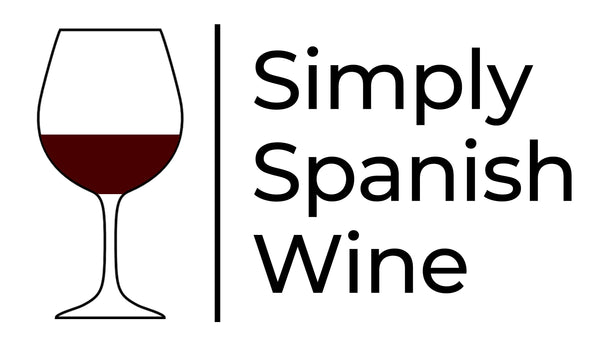Order a bottle of wine in a restaurant, buy in a shop or online with us, and chances are you’ll be ordering your wine in the “standard” 75cl bottle size. It’s a handy format for shipping, carrying and serving and if you’re careful you’ll be able to squeeze six decent-sized glassfuls out of each one.
But 75cl is not the only size. In fact, wine bottles come in lots of different formats from the quarter bottle (187ml) “split” format which you get on a plane for example, and which holds a decent glassful, right up to the humongous – but hugely rare and impractical! – “Maximus”, which at 130 litres holds the equivalent of 173 standard bottles and weighs close to 70 kg when empty.
But apart from trying to make it into the Guinness Book of World Records, what is the point of large bottles for wine? Well, one of the main advantages which certainly attracts collectors to the more manageable sizes like a Magnum (1.5 litres) or Jeroboam (3 litres) can be summed up in one word, “ullage”.
This rather obscure technical term refers literally to the volume by which a liquid container falls short of being full. In the context of a wine bottle, ullage is the space at the top of the bottle, between the surface of the wine and the bottom of the cork, where the wine comes into contact with oxygen. The larger the format of the bottle, the smaller the ratio of oxygen in relation to the wine in the bottle. This means the wine will oxidise more slowly, allowing slower, longer, and better ageing of the wine.
Another factor that attracts people to larger format bottles is the glass. Bigger bottles tend to be made of thicker glass which helps prevent light from getting to the wine and keeps the wine at a more stable temperature.
Now we know some of the benefits, let’s take a look at some of the most popular options starting with the “standard” 75cl bottle. Theories abound about its origin, but one of the most popular is that before bottles were made industrially, they were made by glassblowers. So, the bottle size was based on how much air a glassblower could exhale in one go. And on average that was about 75cl.
The Magnum wine bottle
One step up from the standard bottle and we’ve got the 1.5 litre Magnum, a fairly popular format which lots of Rioja producers, for example, use here in Spain. Still relatively portable – bottles tend to weigh in at just over 2kg - the Magnum is a great option if you’re getting together in largish groups with friends and family. Apart from all the ageing qualities we’ve just mentioned, it looks suitably imposing on the dining-room table and you’ll get about 12 decent glasses from the bottle.
The Jeroboam or Double Magnum wine bottle
Then there’s the Jeroboam or Double Magnum. Now here things get a bit confusing. Because the standard size for a Jeroboam is 3 litres or the equivalent of 4 standard bottles of wine. But if you’re in Bordeaux, they use the term Jeroboam to refer to a 4.5-litre bottle. Whilst in Champagne or Burgundy, you’ll see the 4.5-litre size referred to as a Rehoboam! Specifics aside, the Jeroboam is a lot more unwieldy and tricky to pour than the standard Magnum so you’re probably going to want to decant it before serving.
The Imperial or Methuselah wine bottle
Next up is the 6-litre format (8 standard bottles), which the folk from Bordeaux like to call an Imperial, while in Champagne and Burgundy, they continue the Biblical Kings theme and use the name Methuselah. Standing over 55cm tall, it makes the perfect centrepiece for the table but as it weighs over 9.5kg you’ll want a friend to give you a hand with the pouring!
The largest wine bottles
By now, we’re straying into the heavyweight category as the formats become ever larger and scarcer, with bottles often classed more as collectors’ pieces than something to go with the Sunday roast. The Salmanazar, for example, holds a whopping 9 litres - that’s equivalent to a full 12-bottle case packed into a single bottle – and is probably a little on the large side to have sitting on the table. While the Balthazar, Nebuchadnezzar and Melchior come it at 12, 15 and 18 litres respectively!
Generally, the larger the bottle, the harder it is to find which is why economies of scale don’t automatically click in as bottles get bigger. A quick internet search, for example, and you’ll find a standard 75cl bottle of the highly rated Malleolus 2016 red wine from top Ribera del Duero producer Emilio Moro, for about €30 which works out at about €40 per litre. But step up to anything above the 3 litre Double Magnum size and that per litre price shoots up to around the €54/litre mark.
At the smaller end of the scale, increasing bottle size from 75cl to 1.5 or even 3 litres can have some practical benefits. But beyond that, you’re getting into the realms of curiosities and collectors’ items rather than a practical way to sell and store wine. But whatever the size of the bottle, one fundamental fact stays the same. It’s the wine inside that really matters.
Cheers!

